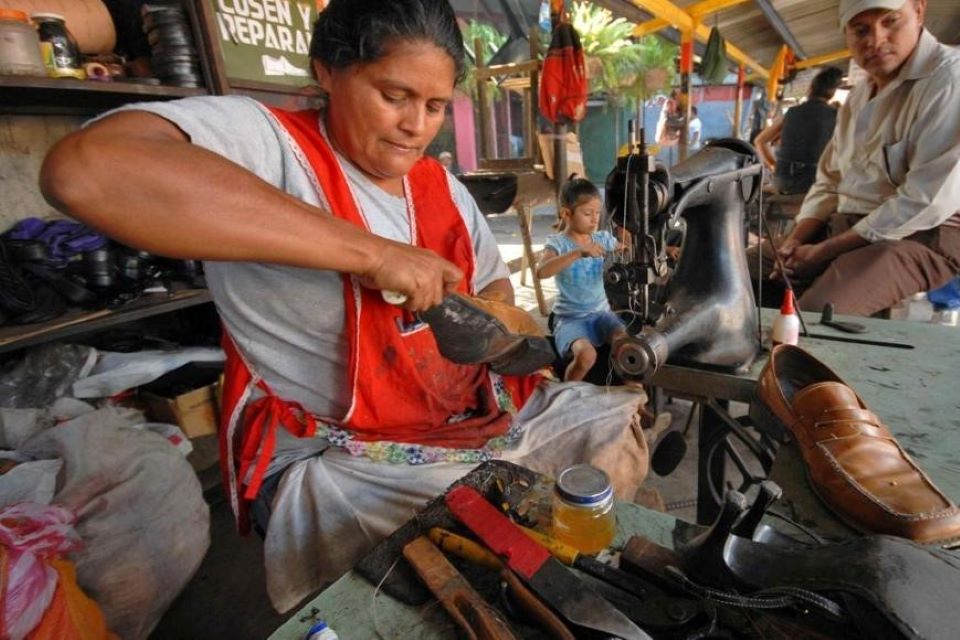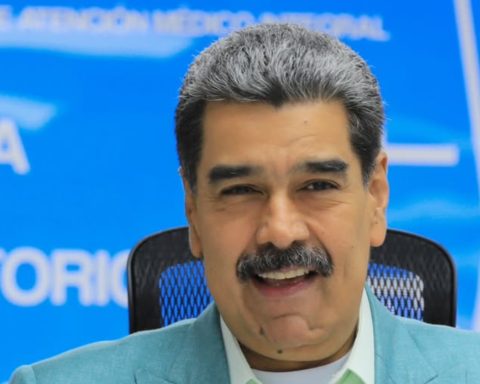The “employment gap”, a new indicator developed by the International Labor Organization, which differs from the traditional indicator “unemployment rate”, shows that progress in reducing difficulties in accessing work for women “has been disappointingly slow in the last two decades. The data measures, among other factors, all the unemployed people who are interested in finding it. Globally, more women (15%) than men (10.5%) are in this situation
A new indicator developed by the International Labor Organization (ILO), the “employment gap”, includes all unemployed people who are interested in finding a job. It paints a much bleaker picture of the situation of women in the world of work than the more commonly used unemployment rate.
New data released on the eve of International Women’s Day shows that women continue to have much more difficulty finding work than men and are paid less, if any.
These findings imply that focusing on the unemployment rate itself will underestimate the challenges women face in finding a job. The recently released ILO estimates provide the first global and regional data on labor earnings disaggregated by gender.
In 2019, for every dollar men earned, women earned just 51 cents. This is less in low-income countries, where working women earn 43 cents for every dollar earned by men. “Gender imbalances in the quality of employment skew the distribution of income in favor of men,” the study stresses.
* Also read: Women marched to demand better wages, labor and zero violence
According to the report “New data sheds light on gender gaps in the labor market” (New data shine light on gender gaps in the labor market) 15% of working-age women globally would like to work but are unemployed, compared to 10.5% of men with the same interest. This correlation, says the ILO, must be addressed as an “urgent political necessity and a great opportunity to increase the contribution of workers to the common good.”
The gender gap has remained practically unchanged for two decades (2005-2022). By contrast, global unemployment rates for women and men are very similar, because the criteria used to define unemployment tend to disproportionately exclude women, including the factor of immediate availability.
The report notes that personal and family responsibilities, including unpaid care work, disproportionately affect women. This activities they can prevent them from not only having a job but also actively looking for it or limit their availability to work on short notice. These criteria are necessary to be considered unemployed, so many women who need a job are not reflected in the unemployment figures.
The employment gap is especially severe in developing countries, where the proportion of women who cannot find a job reaches 24.9% in low-income countries. The corresponding rate for men in the same category is 16.6%, a worryingly high level, but significantly lower than that of women.
Gender imbalances in decent work are not limited to access to employment. Although vulnerable employment is widespread for both women and men, women tend to be overrepresented in certain types of vulnerable jobs.
Women are more likely to help out at home or in family businesses rather than work for themselves.
*Read also: EDITORIAL | The “echada pa’lante” are the most precarious women in the region
This vulnerability, coupled with lower employment rates, has an impact on women’s earnings. Globally, for every dollar of earned income earned by men, women earn only 51 cents.
March in Caracas for International Women’s Day, March 8, 2023
According to the report, there are significant differences between regions. In low- and lower-middle-income countries, the gender gap in labor earnings is much worse: women earn 33 and 29 cents on the dollar, respectively. In high-income and upper-middle-income countries, women’s relative labor earnings reach 58 and 56 cents respectively for every dollar earned by men. This striking disparity in earnings is due both to women’s lower employment levels and their lower median earnings when employed.
The new estimates shed new light on the magnitude of gender disparities in labor markets, underscoring the importance of improving women’s overall participation in employment, expanding their access to employment in all occupations, and addressing blatant differences in the quality of employment that women face.
Children, another obstacle
The report also points to the “maternity penalty” as a factor by which women with small children are less likely to participate in the labor market. than their peers. With the masculine gender the opposite happens; when they have young children, men have a higher probability of participating in the labor market, which is known as the “paternity premium”.
Among people aged 25 to 54, the gender gap in labor participation stood at 29.2 percentage points in 2022, with a participation of women of 61.4% and men of 90.6%. This great difference is not explained solely by the greater difficulty of women in finding work.
The recently updated data from the ILO statistical source (IloStat) suggest that an important factor reducing female labor force participation globally is child rearing. For those in the same 25-54 age group with at least one child under the age of six, the labor force participation gap widens from 29.2 to 42.6 percentage points, with female participation of 53 .1% and a male participation of 95.7%.
Post Views: 211


















